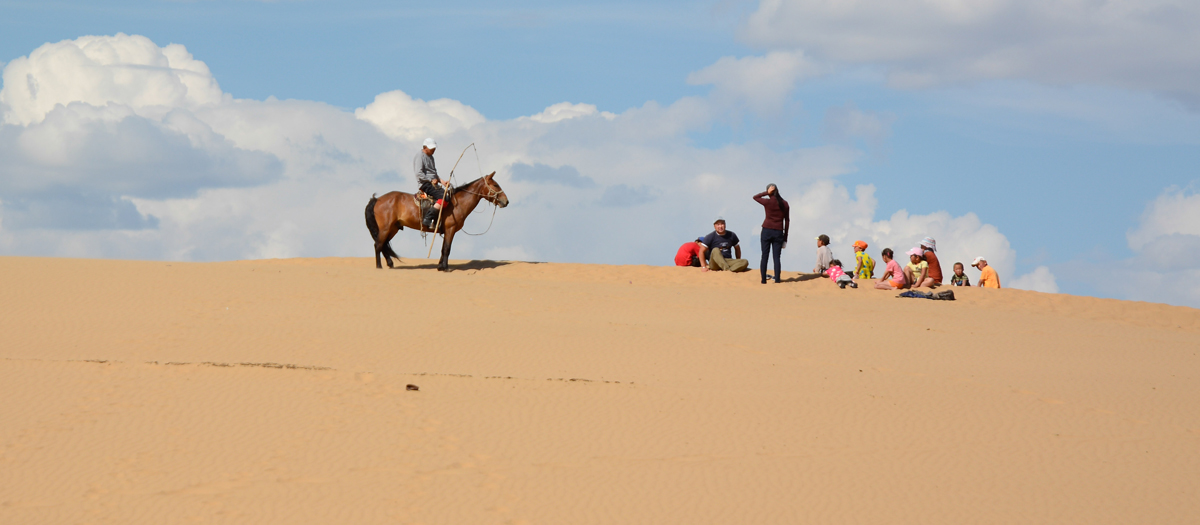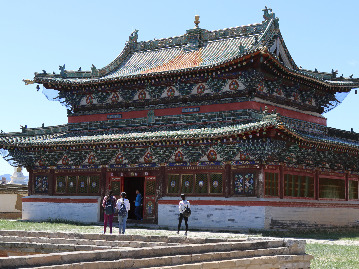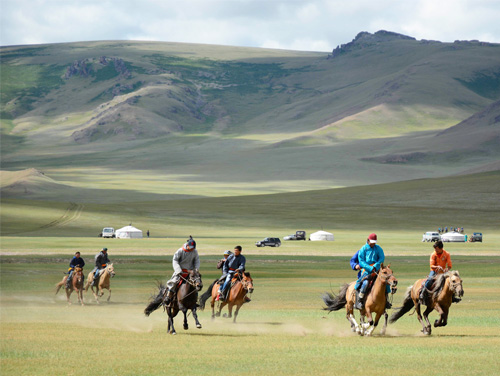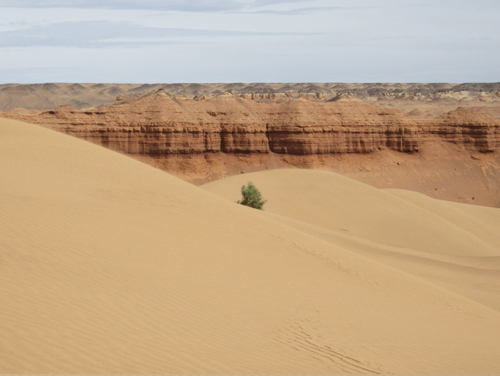Tour Description
11 days jeep tour. Starting off from the capital of Genghis Khan traverse the legendary Gobi desert. Visit its rich dinosaur fossils sites and natural contrasts. Vast open spaces with dancing mirages and herds of camels, green meadows beneath towering dunes, glacier covered canyon – all these contrasts await you. Horseback and camel riding, hiking are the main activities. Overnights in traditional yurts, comfortable, rich cultural experience.
Tour Highlight
- Travel through the best travel destinations of central and south part of Mongolia.
- UNESCO world heritage “Orkhon Valley” and historic Kharkhorin.
- Valleys and endless steppes with large number of herds of nomadic people alongside and visit family en route to see their unique way of nomadic life.
- 2 pax: 2,725 USD
- 3-4 pax: 2,300USD
- 5-6 pax: 1,965 USD
- 7-9 pax: 1,765 USD
- 10-12 pax: 1,600 USD
- Single Supplement: 450 USD
Dates
What’s Included
- All accommodation (twin shared)
- Internal transportation
- Arrival & departure transfers
- Meals as indicated (B-breakfast, L-lunch, D-dinner)
- Sightseeing, NP & environmental fees
- Activity fees.
What's Excluded
- Travel insurance
- Items of personal nature
- Meals not indicated
- Gratuities.
Day 1: Arrival in Ulaanbaatar(UB), a guided city sightseeing
Arrival in Ulaanbaatar and transfer to a centrally located 4* hotel. Afternoon guided walking city tour will introduce you to the highlights of the city: the central city square with a grand statue of Genghis Khan. Then choose to visit one or two museums from the following: Museum of National History introducing Mongolia's history from early humans to modern era, Choijin Lama or State Oracle Residence-museum displaying best samples of Buddhist artwork and religious masks. A show of traditional music, throat singing and contortion at 6PM will be followed by a welcome dinner. ( D.)
Day 2: Drive to Khogno Khan Mt.
After breakfast drive (5hr) to Mongol Els sand dunes - a spectacular area of steppes, sand dunes and granite mountains. The going is easy mostly on tarmac across wide open steppes with rolling hills in the background. After a lunch in a local visitor camp ride camels in dunes. Then make a short trip the ruins of a Buddhist monastery destroyed during internicine warfare in late 17th century. Dinner and overnight in traditional felt gers/yurts. Bathroom and shower facilities are in separate building. This afternoon you may as well visit a herdsman's ger and learn about traditions and chores of nomadic living. Dinner and overnight in a local ger camp. (B.L.D).
Day 3: Visit Karakorum and Erdene Zuu monastery, optional trips to other sites
Drive to Kharkhorin town where the 2nd son of Chinggis Khan built the capital of the Mongol Empire in early 13th century. Largely an experiment of city building in a pre-dominantly nomadic culture, Karakorum as it was known then never became a fully functional capital before it was demolished by invading Chinese Min Dynasty troops in late 14th century. Today the main attraction here is the monastery museum of Erdene Zuu established in 16th century by a Mongol khan as part of introduction of Buddhism as the main religion. The monastery then suffered almost a complete destruction during the anti-religion campaign of 1930-ies with just a dozen of temples surviving till present. Spend some time in the peaceful premises of the monastery and take a glance at a few surviving artifacts of the old capital. You may as well walk the earthen hills nearby that still contain remains of the imperial capital. Dinner and overnight in a local ger camp. (B.L.D)
Day 4: Head into Gobi desert - Ongiin Khiid monastery
Leave the steppe behind and head (5hr) south into the desert area. As you move south the steppe turns saline and semi-arid, vegetation gradually thins out and less people come across our way. We may not encounter a human being for hundreds of miles, only endless bushy plains, camels and mirages. This is exactly where travelers say: “This is middle of nowhere”. Dinner and overnight upon arrival to a ger camp nestled by some weirdly shaped granite formations. (B.L.D).
Day 5: Drive to Bayanzag Flaming Cliffs
Back in vehicles and drive across vast arid plains to the Flaming Red Cliffs. The Flaming Red Cliffs is a paleonthology site where the first ever dinosaur egg nests were discovered by Americans in 1920-ies. Walk the labyrinths of rock hard sand and make your own discovery. Then you may visit a saxaul forest lying nearby. Saxaul actually is a desert bush that grows to a height of 2 meters and is a valuable soil supporting agent although the most popular fuel of local herders. Continue to a local ger camp for dinner and overnight.(B.L.D).
Day 6: Drive to Khongoriin Els dunes
Our next destination is the “singing” sand dunes majestically contrasting with the green meadows and black mountain ranges. Stretching for over 100km and reaching 200 meters in height they run side by side to a dark range of Sevrei mt and the green meadow of khongor river. Do the dunes really sing? Yes, they do; on a windy day a distant propeller hum is distinctly heard from the dunes. Fine sand is pushed up by the dominating western winds on the ridges. Gradually building up on crests it then collapses down the steeper slope thus producing the tremor of tons of sand rolling down. We will head to a ger camp next to the tallest dunes. Deserved showers, dinner and overnight. (B.L.D).
Day 7: Free day at Khongoriin Els dunes
The Singing dunes stretch for over 100km and reach 200 meters in height. They run parallel to the dark range of Sevrei Mt. A small oasis feeds a green meadow at the foothill of the massive dunes. Do the dunes really sing? Yes, they do; on a windy day a distant propeller hum is distinctly heard from the dunes. Fine sand is pushed up by the dominating NW winds on to the ridges. Gradually building up on crests it then collapses down the steeper slope producing the tremor of tons of sand rolling down. Today you may hike and climb the dunes. Riding 2 humped 'bactrian' camels is also an option. Sunsets are particularly beautiful for taking pictures here. Meals and overnight in the same camp. (B.L.D)
Day 8: Trip to “Eagle mouth” canyon
Trip to another of the Gobi highlights, the “Eagle mouth” or Lammergeyer Gorge. Nestled between the beautiful peaks of the Three Beauties Mountains the gorge shelters a small "glacier" which remains frozen even on summer's hottest days. Wild Goats roam the steep cliffs. If very early spotting of the Wild Goats is guaranteed. At the entrance of the gorge is a small museum displaying samples of the area’s animal world. Back in the camp and we relax. (B.L.D).
Day 9: Tsagaan Suvarga
After breakfast we drive to Tsagaan Suvarga or White Stupa, extraordinary feature of clay that is 30-60 m high, 400 m long, colorful erosion red, yellow and purple etc. It was the ancient seabed. Its colors are outstanding early morning and evening at sun set for photo amazing shooting. (B.L.D)
Day 10: Drive to Ulaanbaatar
We drive 4-5 hours to UB. The remainder of the day is at leisure to self-exploration of the city or shopping. (B.L)
Day 11: Departure
Transfer airport for your return flight home. (B).
-
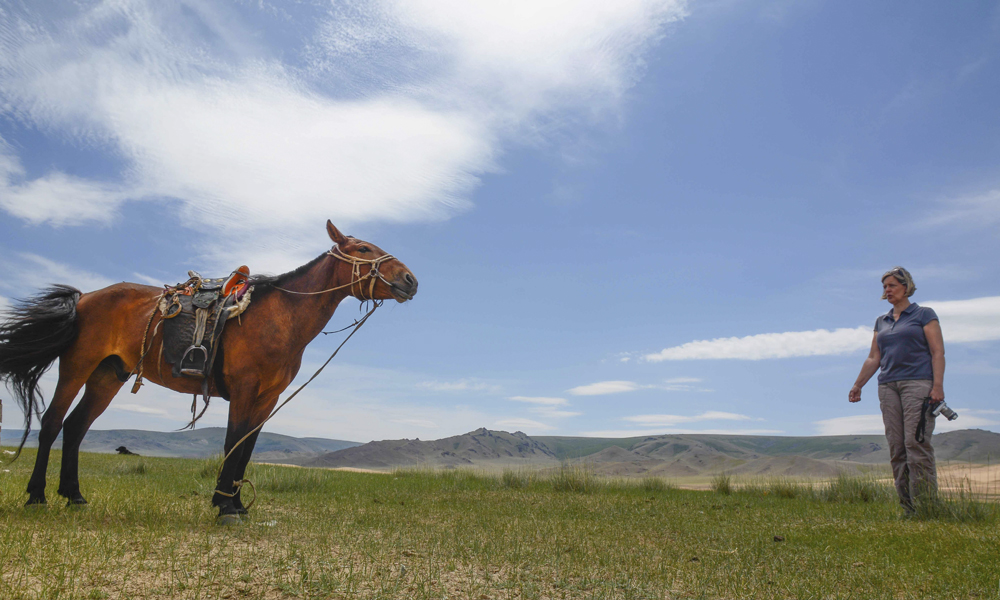 Mongolia Gobi Desert Experience | Nature & Adventure Tour
Mongolia Gobi Desert Experience | Nature & Adventure Tour -
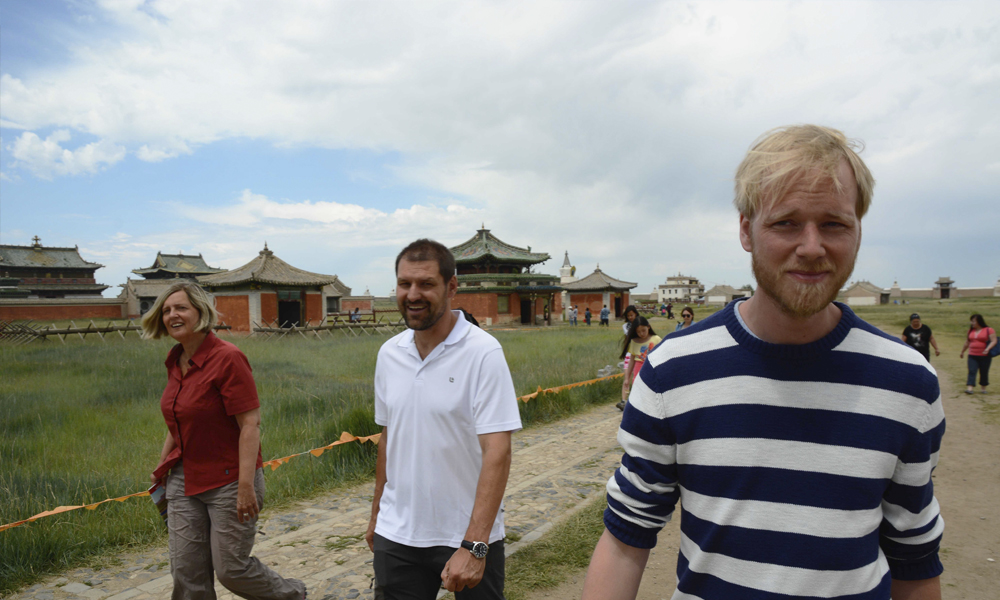 Mongolia Gobi Desert Experience | Nature & Adventure Tour
Mongolia Gobi Desert Experience | Nature & Adventure Tour -
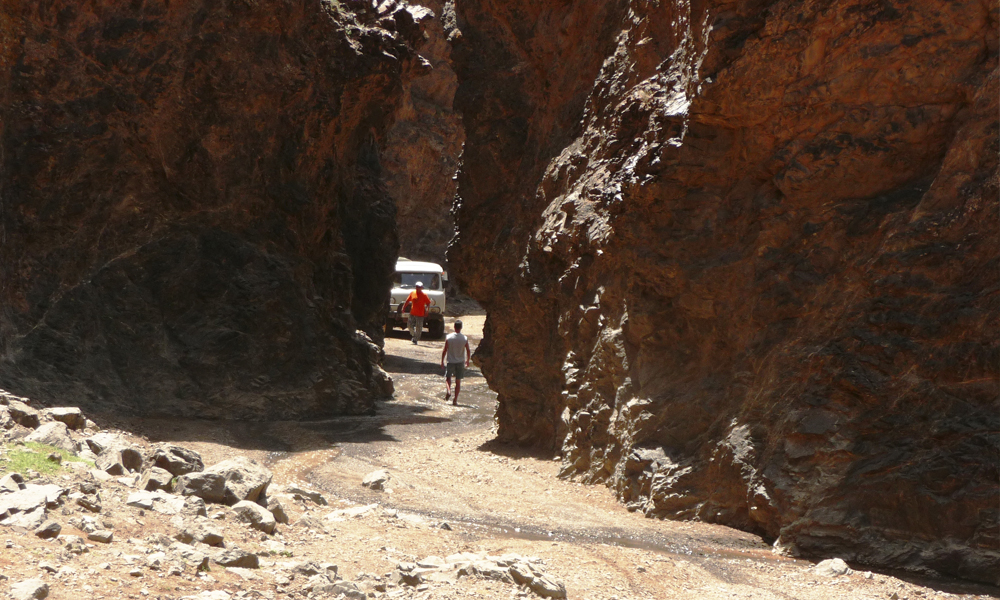 Mongolia Gobi Desert Experience | Nature & Adventure Tour
Mongolia Gobi Desert Experience | Nature & Adventure Tour -
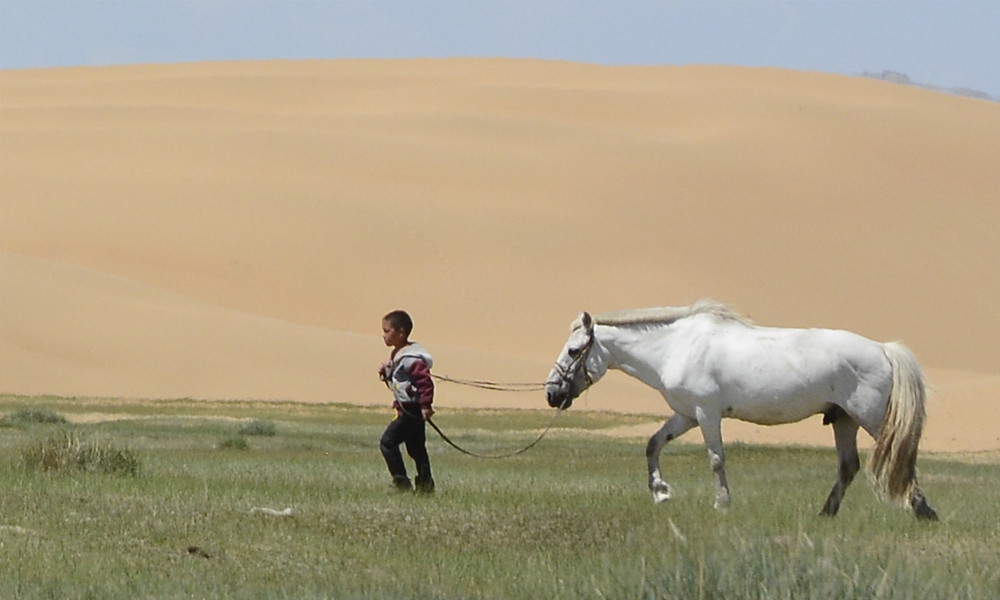 Mongolia Gobi Desert Experience | Nature & Adventure Tour
Mongolia Gobi Desert Experience | Nature & Adventure Tour -
 Mongolia Gobi Desert Experience | Nature & Adventure Tour
Mongolia Gobi Desert Experience | Nature & Adventure Tour -
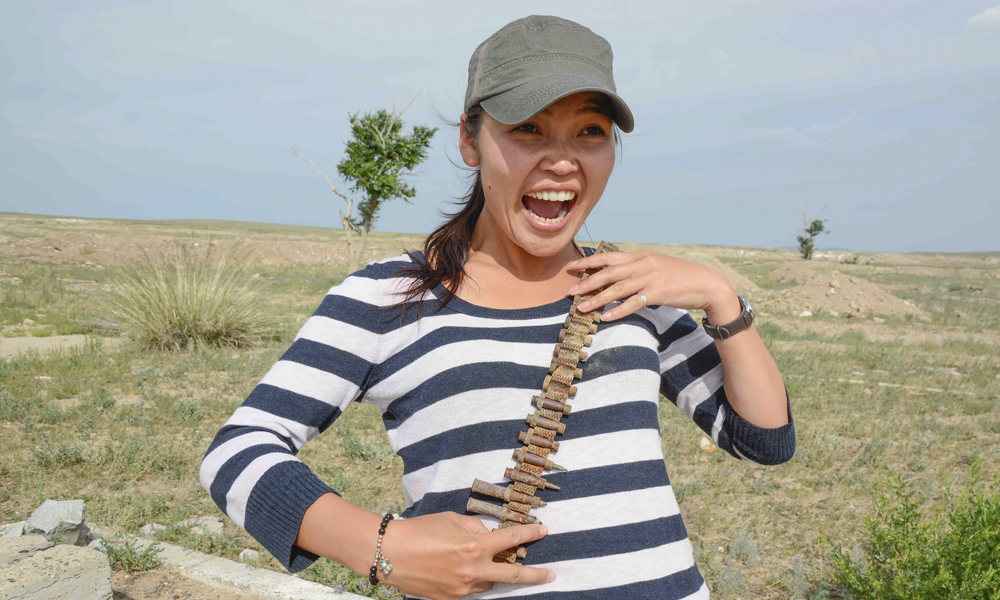 Mongolia Gobi Desert Experience | Nature & Adventure Tour
Mongolia Gobi Desert Experience | Nature & Adventure Tour -
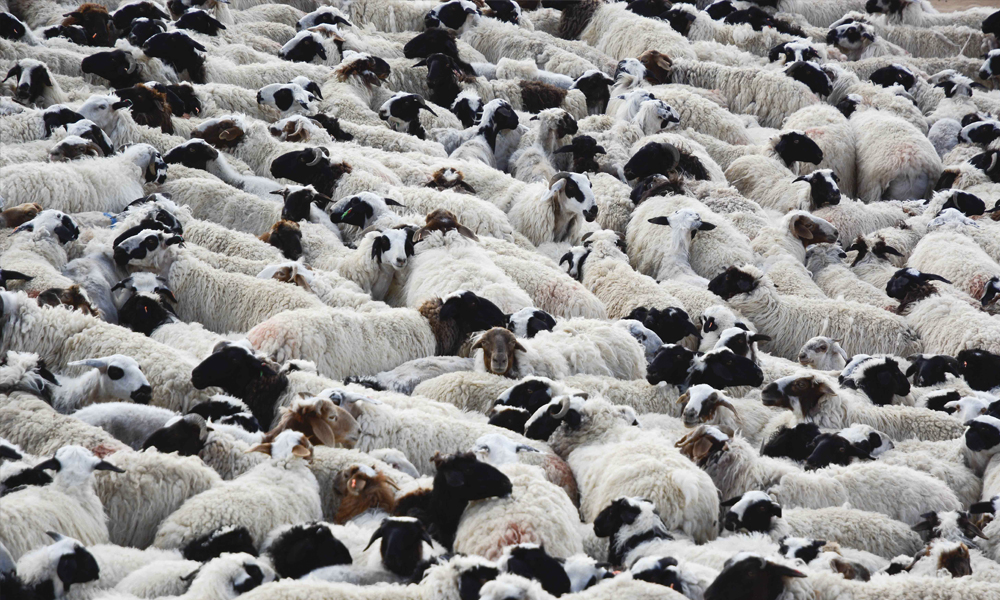 Mongolia Gobi Desert Experience | Nature & Adventure Tour
Mongolia Gobi Desert Experience | Nature & Adventure Tour -
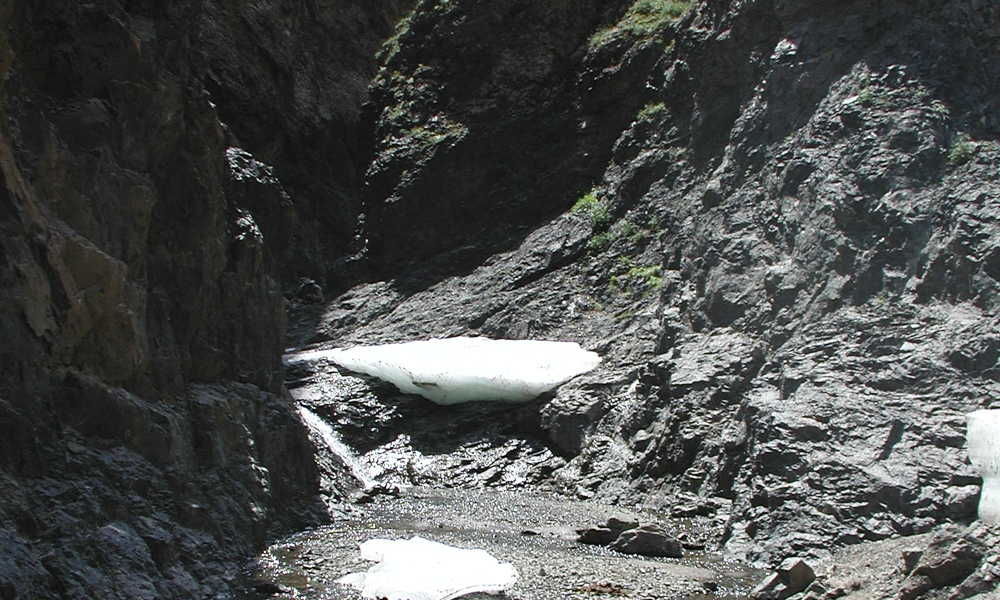 Mongolia Gobi Desert Experience | Nature & Adventure Tour
Mongolia Gobi Desert Experience | Nature & Adventure Tour -
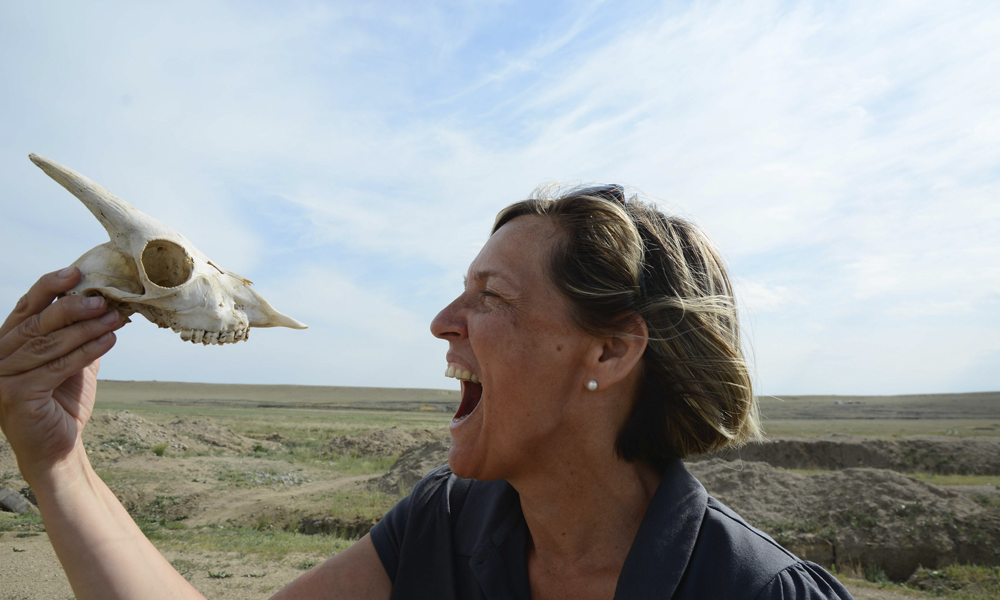 Mongolia Gobi Desert Experience | Nature & Adventure Tour
Mongolia Gobi Desert Experience | Nature & Adventure Tour -
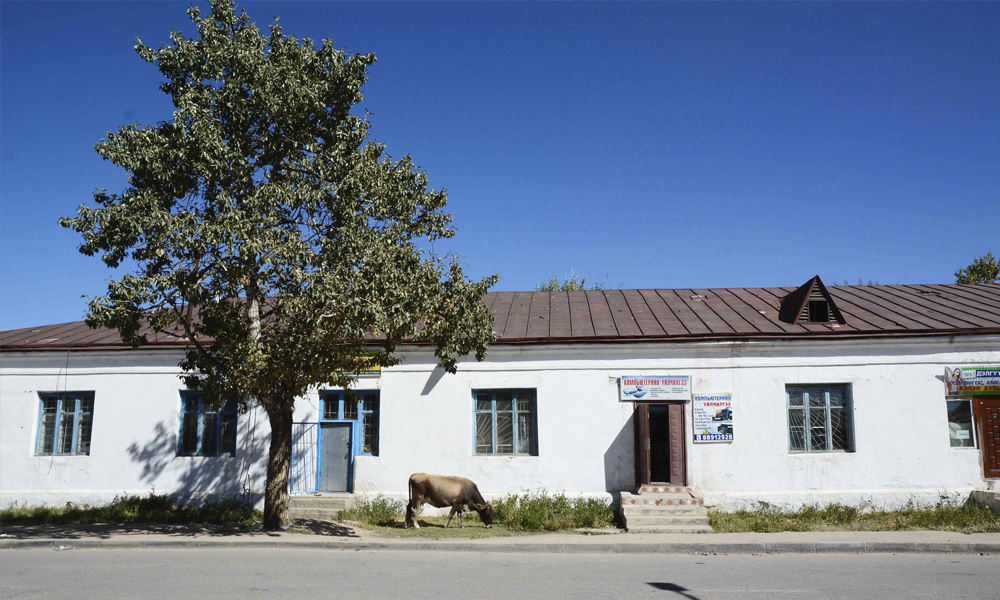 Mongolia Gobi Desert Experience | Nature & Adventure Tour
Mongolia Gobi Desert Experience | Nature & Adventure Tour -
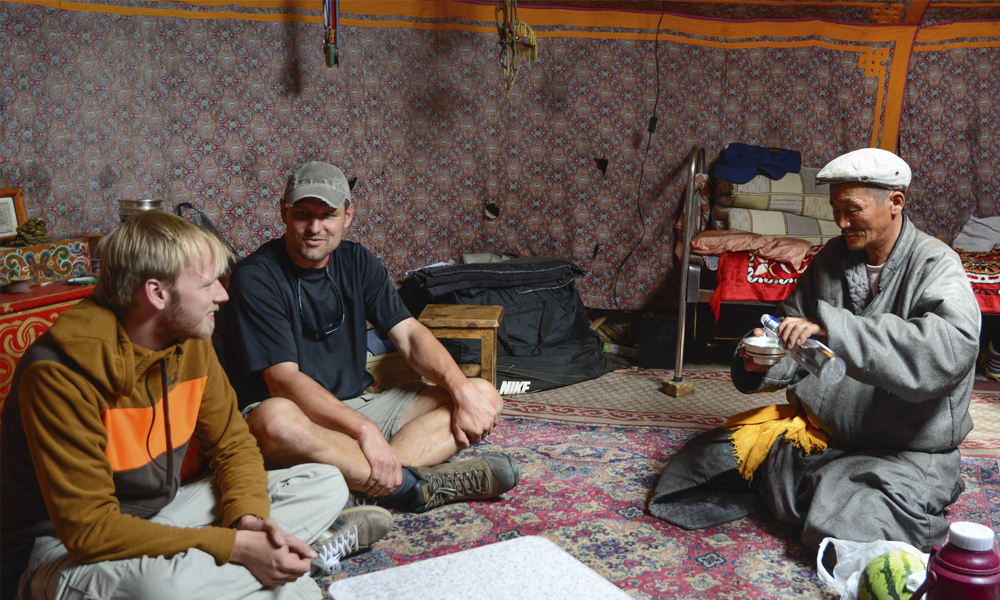 Mongolia Gobi Desert Experience | Nature & Adventure Tour
Mongolia Gobi Desert Experience | Nature & Adventure Tour -
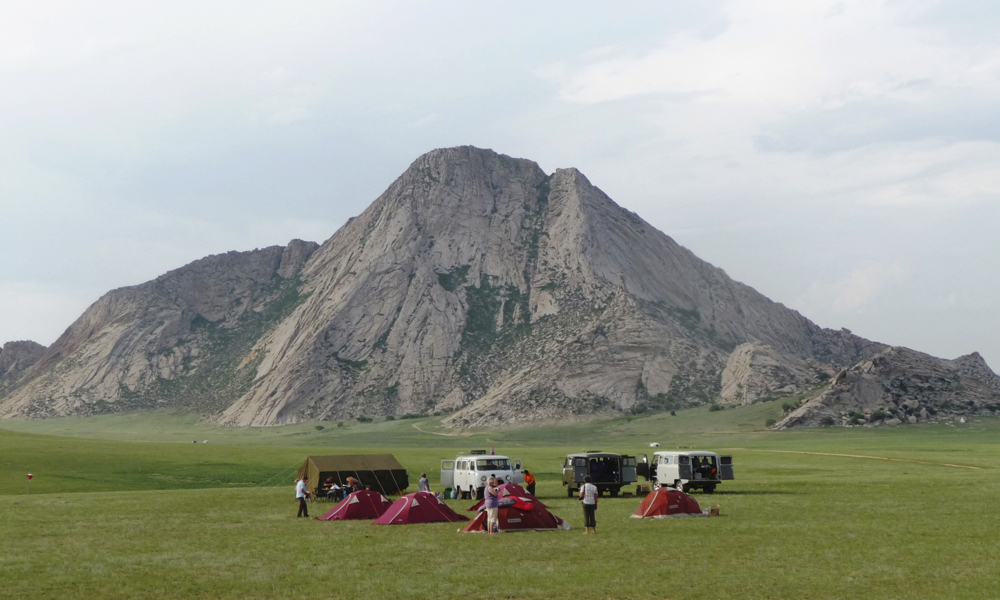 Mongolia Gobi Desert Experience | Nature & Adventure Tour
Mongolia Gobi Desert Experience | Nature & Adventure Tour
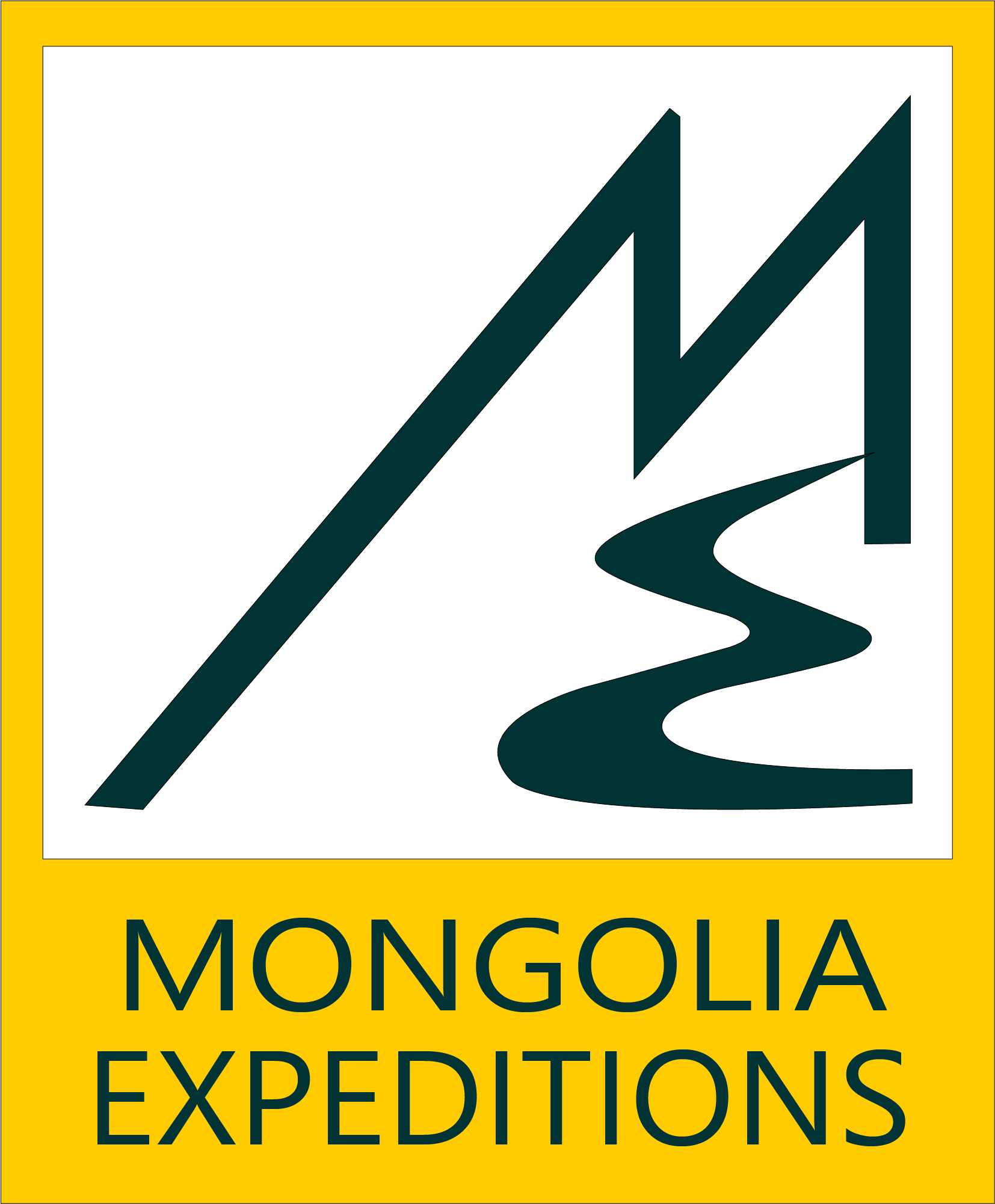
SUZANNE and BEAT
Hi Batsuren,

JanEmblem_Belgium
From May 25th till June 6th, we made a tour through a part of Mongolia, south of Ulaan Batar.
